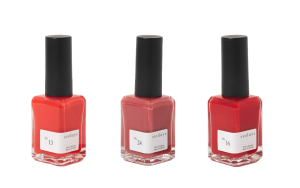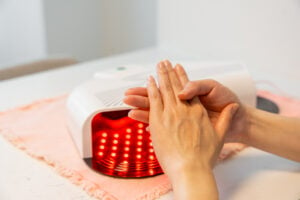Binaural beats are sometimes called brainwave technology or sound wave therapy. This technology takes advantage of the fact that the right and left ear each receive a slightly different frequency tone, yet the brain perceives these as a single tone.
Why do we love binaural beats? Binaural beats between 1 and 30 Hz can help create the same brain wave pattern that one would experience during meditation. If you’re new to meditation and not quite sure where to start, binaural beats might be a great way to introduce you to the meditation experience.
Potential Benefits of Binaural Beats
Binaural beats have many benefits such as the ability to reduce anxiety and lower stress. They can also help you feel focused, increase relaxation and help with sleep. Binaural beats are also big mood boosters and known for promoting creativity.
The Different types of Binaural Beats
According to the studies, there are 5 major types of binaural beats that each serve a different purpose.
- Delta (1 to 4 Hz) promotes deep sleep and relaxation.
- Theta (4 to 8 Hz) reduces anxiety, creative and meditative states.
- Alpha (8 to 13 Hz) promotes relaxation, positivity, and lowers stress
- Beta (14 to 30 Hz) helps with concentration, decision making, and improves memory
- Gamma (30–50 Hz) promotes highest state of focus
Do binaural beats scientifically work?
While this topic is still pretty untapped when it comes to research, there are multiple studies that prove the effectiveness of binaural beats.
Some studies found that binaural beats are effective at anxiety reduction, however, they recommend that other therapy and/or treatment methods should not be discontinued. However, a recent study found that whether binaural beats have an impact on cognitive performance or other mood measurements remains to be seen.
While the topic of binaural beats still has opportunity for research, most research and users of the therapy found that it did help with anxiety and stress-release with most seeing results after 1-3 days of listening.
Which frequency is best for the brain?
Every binaural beat has a different purpose depending on what the individual is looking for.
If you’re looking to enhance concentration, then Gamma waves are best. Beta waves will help heighten your sense of clarity and awareness. While Alpha waves are good for relaxation, Theta waves help reduce anxiety and enter a meditative state. Lastly, if you’re looking for help with deep sleep and relaxation, listen to Delta waves.
What frequency is best for anxiety?
Theta beats are known to reduce anxiety, and promote creative and meditative states so they might be a good option if you’re looking for help with anxiety. However, you should test out all of the five different frequencies to find the one that works best for you and what you need.
What frequency helps with depression?
There is no scientific evidence that binaural beats help treat depression. However they help ease depression by promoting positivity, reducing stress and improving relaxation.
There is no specific frequency for depression per se. Listening to any of the five binaural beats can help improve mood, motivation, sleep cycle, focus, and anxiety.
How loud should binaural beats be?
To contrary belief, the loudness of binaural beats doesn’t actually matter. You should listen to the frequencies as low as possible, in other words just loud enough to clearly hear both tones and the pulsating sound.
If you’re looking to experience binaural beats, you’ll be happy to know that we are now offering them at our studios! Drop by our newest location in the Upper East Side for a relaxing mani pedi, enhanced by binaural beats.





